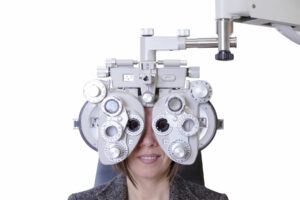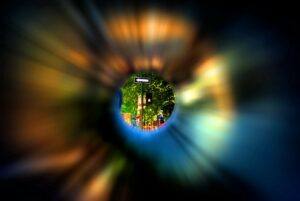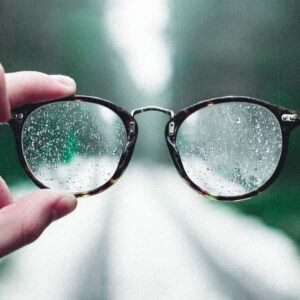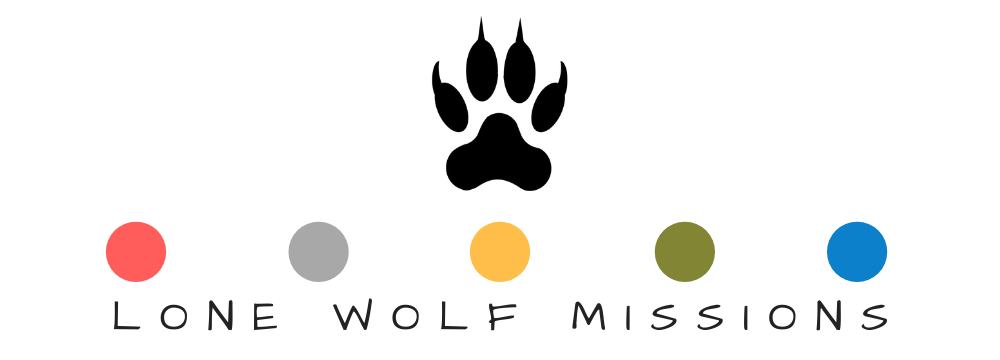So I wanted to do one of those new year’s posts about wanting 20/20 vision in 2020 our perfect vision moving forward in the new year, etc. So I decided to do a little research about it and was surprised at what I found
Haven’t we always heard that 20/20 vision is the best vision you can have? When most people hear the term 20/20 vision or find out they have 20/20 vision, they understand that to mean that they have perfect vision. They don’t hesitate to share that they have perfect 20/20 vision and do not know what it’s like to have to wear glasses or put on contacts.
Often when we talk about 20/20 vision in respect of planning or decision-making it can be to rationalize things that didn’t work out so well due to unforeseen factors… we say things like “it’s easy to have 20/20 vision in hindsight.”
But did you know that 20/20 vision is not perfect vision?
There actually is no such thing as perfect vision. But there is a “normal” standard for distance vision, and that’s what 20/20 stands for—the norm.
What’s definition of 20/20 vision?

Visual acuity is usually measured with a Snellen chart. Snellen charts display letters of progressively smaller size. “Normal” vision is 20/20. This means that the test subject sees the same line of letters at 20 feet that a person with normal vision sees at 20 feet. 20/40 vision means that the test subject sees at 20 feet what a person with normal vision sees at 40 feet. Another way of saying this, is that a person with 20/40 vision has vision that is only half as good as normal – or, objects must be at half the normal distance for him to see them. A person with 20/20 vision is able to see letters 1/10th as large as someone with 20/200 vision. 20/20 is not the best possible eyesight however, for example, 20/15 vision is better than 20/20. A person with 20/15 vision can see objects at 20 feet that a person with 20/20 vision can only see at 15 feet.
Yep, this just tied your brain in knots just like it did mine, didn’t it? You read it, read it again, and then read it again, then read it one sentence at a time to let your mind try to process it and then quit altogether. How do I know that? Because that was what I had to do, too. My brain couldn’t process it. haha.
Let me give you a simpler explanation:
When the doctor does tests for 20/20 visual acuity, he is testing how well a person’s eyes can see an object at a distance of 20 feet. If you can see the letters clearly, then you are considered to have “normal vision.” This number indicates that you can see objects clearly at a distance of 20 feet, compared to other people.

Basically, it just tests how well you see a stationary chart from 20 feet away compared to other people. It only tests sharpness and clarity at a distance. There is so many more that contribute to your overall visual ability. Such as:
- Peripheral awareness or side vision
- Eye coordination
- Depth perception
- Focusing ability
- Color vision
So why in the world would I just want to have 20/20 vision when it leaves out all those other factors? Should I limit myself to that? Whether with my vision or with my decision in life?
Peripheral awareness/side vision is the ability to see things that aren’t in your line of vision. It allows
you to react when things come at your from a different direction. Without it, you would have tunnel vision. 
Eye coordination is the ability of both eyes to work together as a team. Each of your eyes sees an ever so slightly different image and your brain, by a process called fusion, blends these two images into one three-dimensional picture. Good eye coordination keeps the eyes in proper alignment. A minor misalignment of your eyes can cause symptoms such as double vision, fatigue and headaches.
Depth perception is when you can see in three dimensions and also have the ability to judge how far away people or objects are from you. Depth perception allows you to accurately guess the distance between you and something (or someone) else.
Focusing ability is when your eyes can’t focus and can cause blurry vision. Blurry vision is the loss of sharpness of eyesight, making objects appear out of focus and hazy.
Color vision is an ability of animals to perceive differences between light composed of different wavelengths independently of light intensity. It’s seeing in color. A person could be color blind and have 20/20 vision!
 Now taking into account all of these things when it comes to out actual eye vision, we can see that there is so much more to measure vision. God made vision so complex that there is no perfect measurement for it. A more interesting question is, “Perfect for what?” Perfect for seeing in sunlight? in darkness? when it’s raining? in fog?
Now taking into account all of these things when it comes to out actual eye vision, we can see that there is so much more to measure vision. God made vision so complex that there is no perfect measurement for it. A more interesting question is, “Perfect for what?” Perfect for seeing in sunlight? in darkness? when it’s raining? in fog?
So, with all this in mind, should we settle for just simple 20/20 vision in our decision making and our walk with God? Should that be our measuring stick in the new year? Seeing things at a distance at the same distance as other people with “normal” vision?” I don’t think so. 20/20 vision actually seems pretty boring to me. Why should my vision acuity be compared to other people’s? And why should it just be considered “normal” or “average?”
Is life ever still? Like you are looking at that seeing chart trying to read those letters? No, life is rarely still or coming at your from the front. It comes from all directions and takes you on roller coaster rides all over the place. 20/20 vision isn’t enough.
How do you want to see then? I want to see the heights and depths I could go in full technicolor and be able to take on everything that comes from any direction with a clarity that is beyond just “normal.”
So this 2020, I want to see beyond 20/20 vision and strive for more. You should too!!

